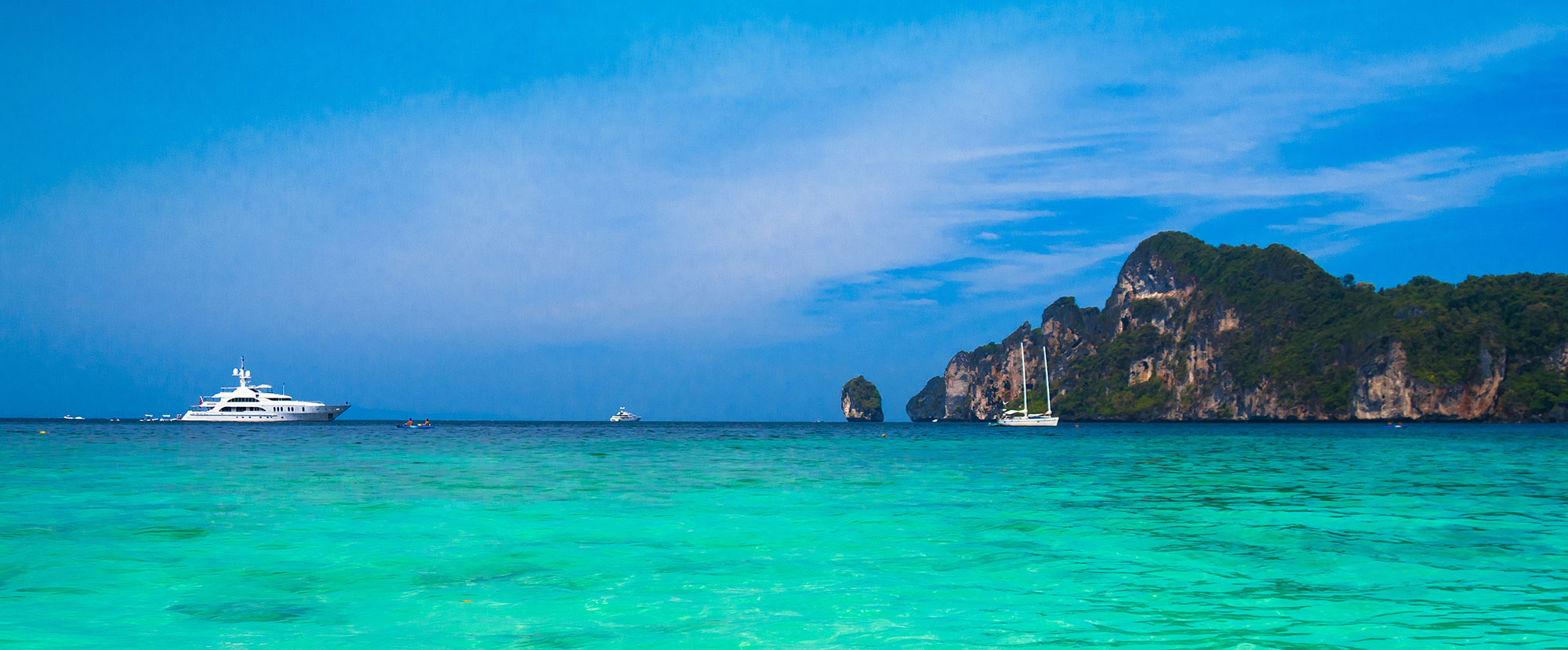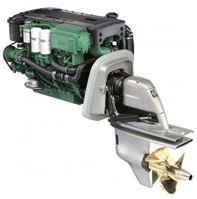
News Details
Modern boat engines are better for the environment Posted on March 31, 2015

In 2006, the USA introduced emission requirements for diesel engines on leisure boats. At the same time, the EU introduced requirements on both petrol and diesel engines.
The legislation regulates emissions of particles, hydrocarbons, nitrogen oxide and carbon monoxide. Legislation and consumer demand have forced the boat engine manufacturers to improve the engines to ensure better fuel economy, fewer emissions to the air and water, and reduced noise levels.
The new generation of diesel engines for boats have a significantly better environmental performance than the traditional engines. Smoke and fumes are things of the past, and there are around 60 percent less emissions. One example of the modern technology is the four-cylinder Volvo Penta D4-225, which was developed on the basis of the latest in diesel technology. The engine has a common rail fuel injection system, double overhead camshafts, four valves per cylinder, turbo and intercooler. With a combination of great cylinder volume and an EVC (Electronic Vessel Control) system, the diesel engine produces both world-class performance and low-hazard exhaust emissions.
Environmentally-adapted running
Although a modern engine is mostly a better environmental choice, it is essential to look at the overall picture. Good seamanship includes both safety and consideration for the environment. Here are some ways of ensuring that your driving is environmentally sustainable:
- Run lean and make the most of the boat’s cruising speed. Avoid unnecessary idling and rapid acceleration.
- Service the engine regularly to reduce fuel consumption and emissions. Use the right fuel, and change the fuel filters, air filters and engine oil. Adjust the ignition, sparkplug and idling correctly.
- Load the boat correctly, and ensure that everyone onboard is seated in the right place. Even distribution of load and passengers improves safety and reduces fuel consumption.
- Check that the size of the boat’s propeller accurately reflects how the boat is used.
- Keep the bottom of the boat clean. Use approved and environmentally-adapted antifouling.
Source: www.advantage-environment.com